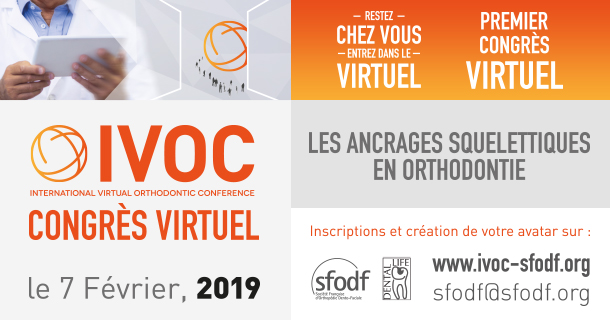
- Cet évènement est passé

IVOC 2019 – Pré-conférence
14 janvier 2019

Hee-Moon KYUNG
Dept. of Orthodontics, School of Dentistry
Kyungpook National University, Daegu, Korea
Control of anchorage is one of the most important aspects of orthodontics. Many traditional treatment protocols have incorporated both extraoral (headgear) and intraoral (intermaxillary elastics) approaches to maintaining anchorage. Unfortunately, patient compliance often is considered the “Achilles heel” of controlled tooth movement. In an effort to maximize anchorage while reducing the dependence on patient cooperation, skeletal anchorage, such as prosthetic implants & mini-plates, has been used as orthodontic anchorage. However, prosthodontic implants & mini-plates are not as efficient for orthodontic treatment due to their bulky size and high cost. Thus, smaller diameter microimplants were developed to provide better treatment efficiency as compared to the bulkier and more costly prosthetic implants. Nowadays, orthodontic microimplants are a common tool used in daily orthodontic treatment to control anchorage without the need for patient compliance.
Many orthodontists however still hesitate to use them because of the perceived dangerous side effects such as root injury. There are many sizes & kinds of microimplants in the market. Some orthodontists may be confused when choosing the proper microimplants. Additionally, there are still many controversies about microimplant anchorage. These include immediate & delayed loading of orthodontic force, small & big size implants, coated & machined implants, self-tapping & self-drilling methods, topical & injection anesthesia, success rates between maxilla & mandible and low & high initial torque forces etc.
Topics to be covered in the presentation include comparisons of the above controversies based on the literature evidence and 20 years’s experience.
